What Does an Ingrown Toenail Look Like?

Warning

Ingrown Toenail Infection

Ingrown Toenail

Ingrown Toenail Treatment
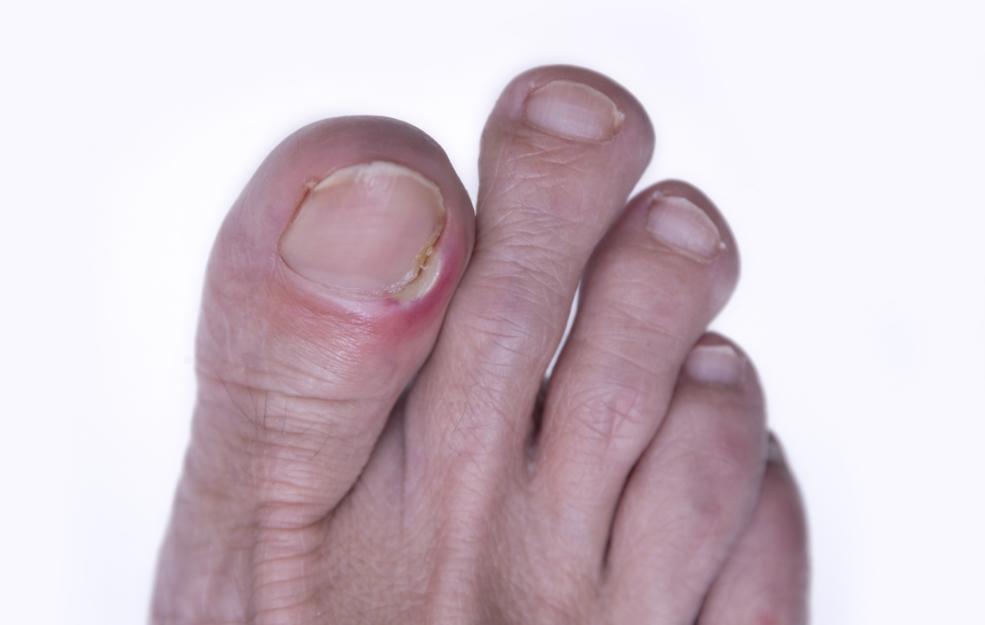
Ingrown Toenail Redness
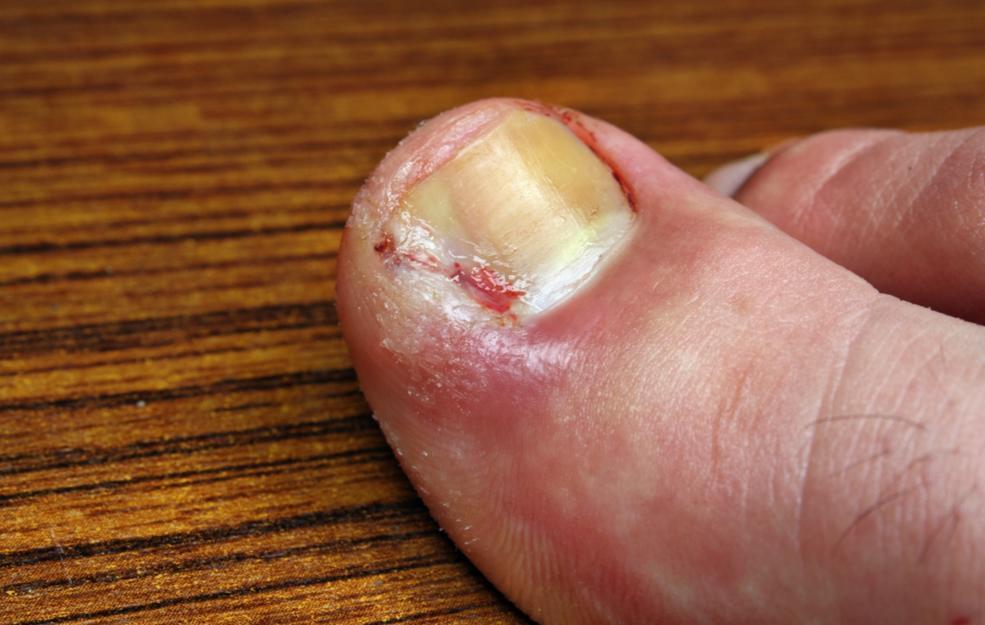
Ingrown Nail on the Big Toe

Ingrown Toenail Removal
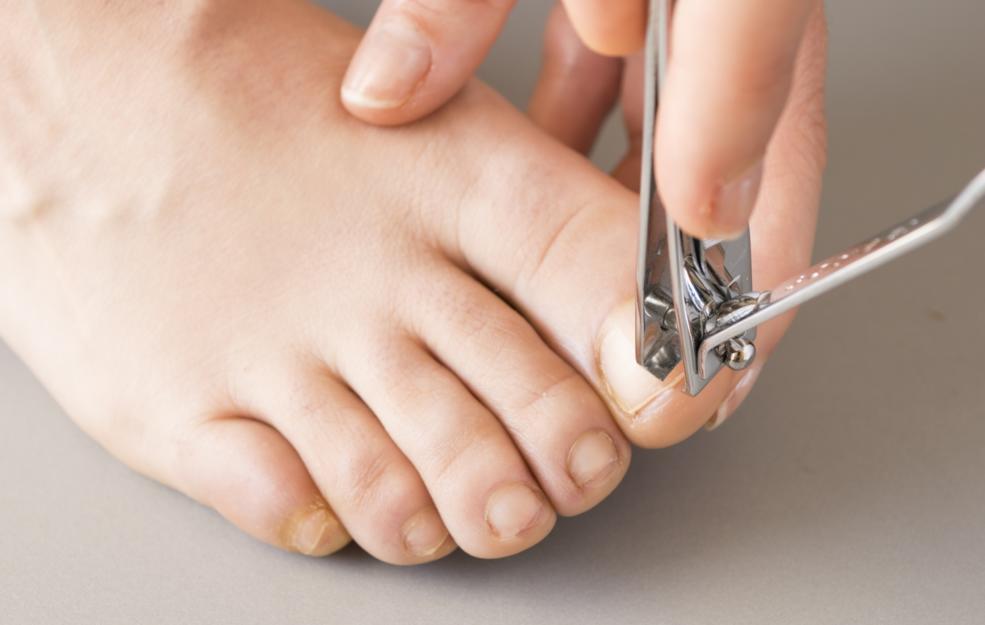
Avoid Ingrown Toenails

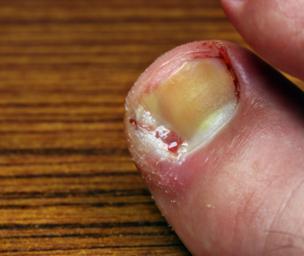




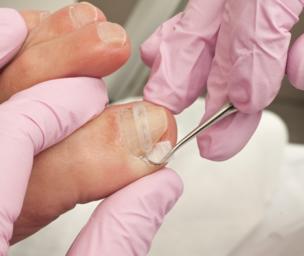









What Are Ingrown Toenails?
This particular condition is endemic to the big toe and often happens when the nail edge rests firmly on the skin, leading to it breaking under the pressure of the nail pressing down. As a result, you may experience sharp bouts of pain as you press down on your toe, and, if left untreated, this can flare up into a serious infection.
Ingrown toenail (Onychocryptosis) occurs when the nail edge breaks into the skin, resulting in inflammation and, if left untreated, infection, like cellulitis. It is easily treatable and can be treated with home remedies, traditional medications, and surgery, if warranted.
One of the first signs of an ingrown toenail is the inflammation around the affected area, and you can resort to any of the following methods to help you deal with this particular health condition. Usually, sports people are more susceptible to this condition, as it can also be caused by injury to the toe and the base of the nail. They are often caused by improperly-trimmed nails, as well as dropping heavy objects on top of the nail, which can lead to cellulitis and infection, if left untreated.
Risk Factors for Ingrown Toenails
An ingrown toenail starts out as a minor cause of discomfort but it gradually progresses and tends to become worse. It can also lead to infection in the skin which can be then difficult to treat. If there is an occurrence of infection then it can show certain signs such as the area around the nail becomes red and looks swollen, it can lead to formation of pus which could drain out leading to a watery discharged with certain traces of blood. This is often a recurring problem which has a number of risk factors which then increases the chances of getting an ingrown toenail:
- Nail not being trimmed properly
- Some form of trauma to the feet
- Wearing improper shoes which can be either too short or too long
- Improper foot hygiene
- Toes which look unusually large
- Curved unusual toenails
- Causing certain kind of pressure to the feet
- Formation of bunions which are toe or foot deformities.
- Being part of sports which require a lot of starts and stops such as soccer or tennis
What are the Treatments for Ingrown Toenails?
- Hot water soak: Soaking your feet In a tub of hot water for fifteen minutes should help relieve some of the painful symptoms of ingrown toenail. Repeat the procedure two to three times a day, or as often as required.
- Lifting the offending nail: You can alternatively use a small piece of fabric, wet it, and wedge it under the offending nail to prevent it from pressing down on the affected area. That should provide you with some relief from the pain as well.
Consult your physician if the pain and stress of the ingrown toenail have not resolved in a few days. Your doctor will want to examine the toe to determine the extent of the infection and may recommend one of the following methods to properly treat the ingrown toenail:
- Cleaning the nail: Your physician may apply a localized anesthetic, lift the nail, and clean the area thoroughly, and even place a small splint under the offending nail to prevent it from pressing down on the skin and the wound. You will be required to repeat the process on your own, after a water soak, and it should soon heal.
- Partially removing the nail: Here, again, your physician would apply a local anesthetic to limit the pain and your distress and trim part of the offending nail. This procedure is usually opted for when there is formation of pus, which is indicative of an infection.
- Removing the nail matrix: Here, your physician would apply an even stronger local anesthetic and require you to undergo minor surgery. The procedure is a fairly short one and consists of the doctor removing the nail and nail bed, and this should prevent the problem from occurring again since the nail matrix is removed, preventing the nail from growing back.
Post-Operative Care
Once you have had your toe operated on and the offending nail is removed, along with the nail bed, the physician will apply an antibiotic cream and dress up the toe. The dressing should be removed in a day or two, cleaned up, and soaked in Epson salts before a fresh dressing is applied. You may also be required to wear loose-fitting shoes or slip-ons when your toe is still healing. Make sure to visit your doctor regularly, with regular check-ups, and your toe, minus the offending nail, should be back to normal in a week or two.
Medications
In order to combat the pain, you may have purchased a few over-the-counter painkillers. This is not recommended, since you may be allergic to them, leading to other health complications. Additionally, painkillers can cause several side effects, from headaches to nausea, and a few of them can be quite addictive, as is the case with codeine. It is always a good idea to consult your doctor and get the right medication prescribed to you. Your doctor may prescribe the following medications during the initial weeks of your ingrown toenail and during and after your nail surgery to help your toe heal faster while alleviating some of the symptoms of ingrown toenail, such as pain and irritation:
- Nonsteroidal, anti-inflammatory drugs (NSAIDS): Your physician may recommend that you take NSAIDS to help keep the inflammation and pain down. Aspirin, Ibuprofen, and Aleve are often prescribed to help deal with the pain and inflammation of the nail bed.
- Ointments: Your doctor may also prescribe some pain-relieving ointments in place of tablets, and this should prove equally effective.
- Paracetamol: Your physician may also prescribe paracetamol to help deal with any resulting infection due to the ingrown toenail. Your doctor may just prescribe paracetamol or in combination with other drugs to fight off the infection.
As you can see, ingrown toenails are completely treatable and can be effectively dealt with, the only caveat being you need to attend to it right away, otherwise it will result in an infection that may soon lead to other health complications. Make sure you take better care of your feet and clean them regularly with Epsom salt soaks, and be sure your feet are completely protected when heading out.
If you have just had surgery, it goes without saying that you must take better care of the toe and ensure that neither your shoes nor slippers press on it. In time, your toe should return to normal, and as long as you take adequate care of your feet and eat a healthy diet that is nutrient-rich, you should be able to prevent a reoccurrence of the problem.
Home remedies for Ingrown Toenail
Turmeric: Turmeric is known to have a lot of benefit, thanks to its anti-fungal, antiseptic, antibiotic and anti-inflammatory properties. Turmeric can be used in number of ways, either purchase a turmeric cream from the market and apply it on the affected area. Bandage the toe to avoid any impact to that area. This can be done two to three times in a day. You can also prepare a turmeric paste with a bit of mustard oil. Rub this paste on the affected region and cover it with a bandage. This can be done twice in a day.
Epsom salt: Epsom salt is also known as magnesium sulfate and it is known to provide a soothing effect and also allows the skin to heal properly. Epsom salt acts as a disinfectant so help the nail to heal. It softens the area of the skin around the affected region so as to make it easier to draw out the ingrown nail. It also helps to reduce inflammation.









